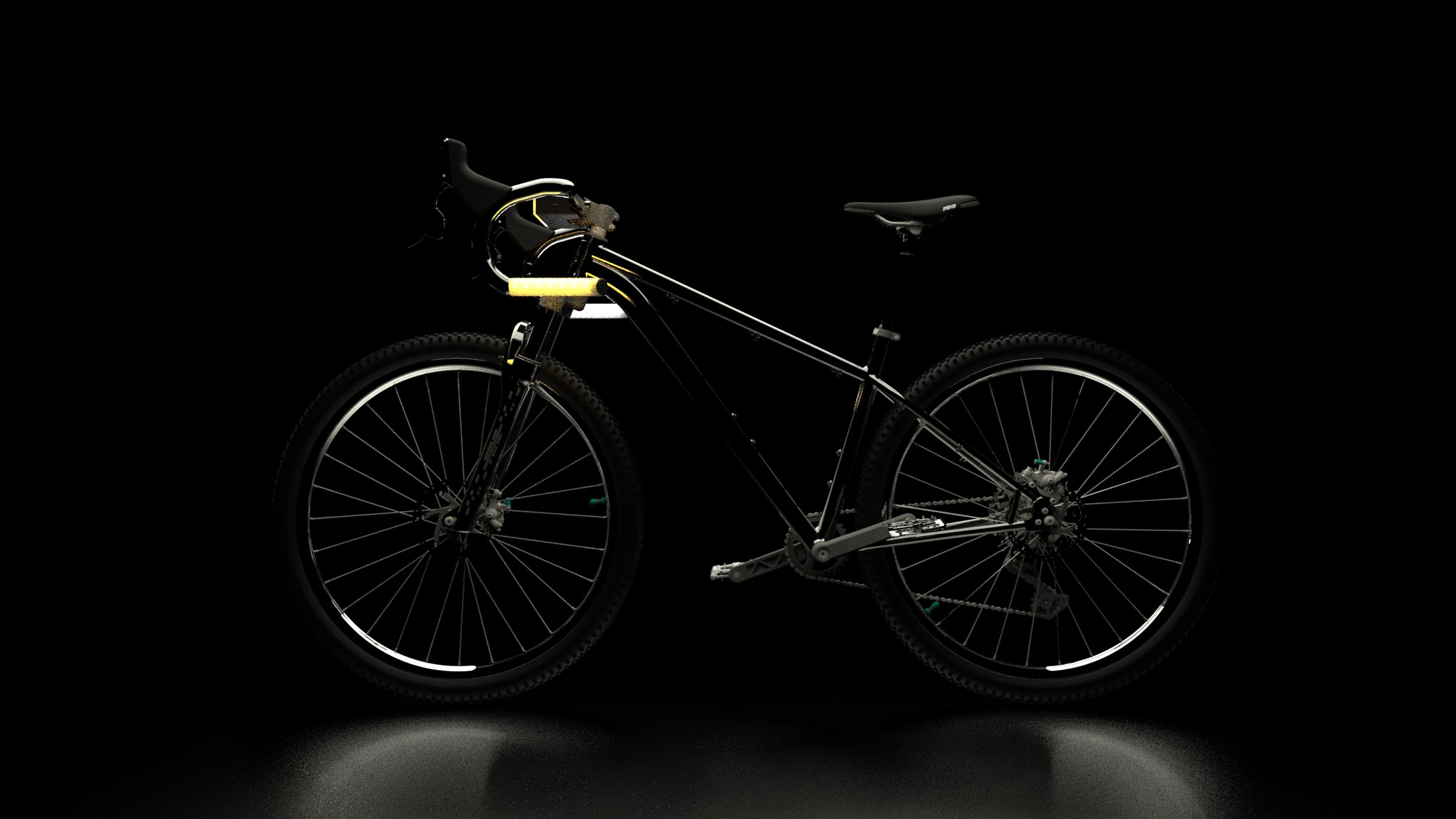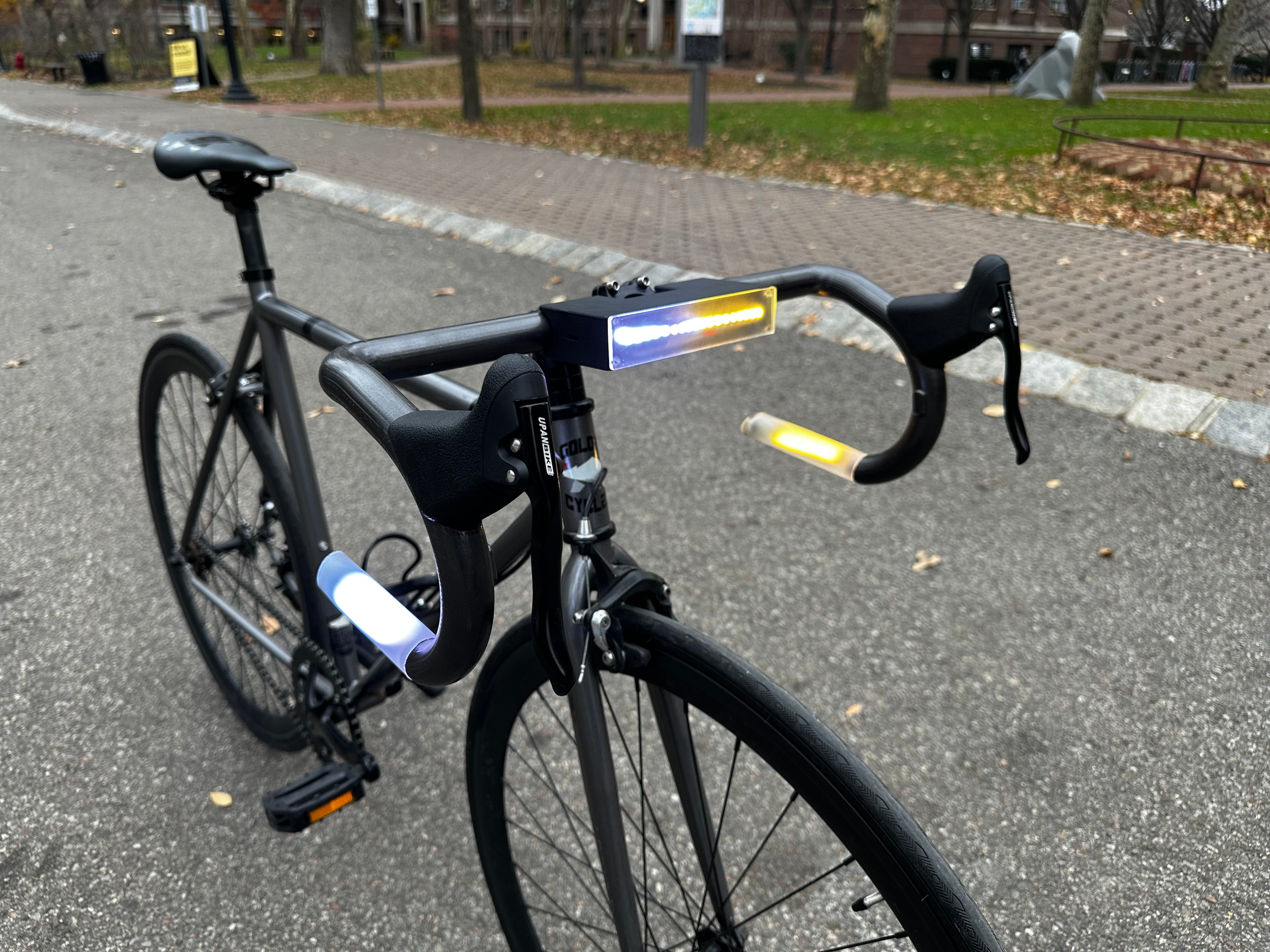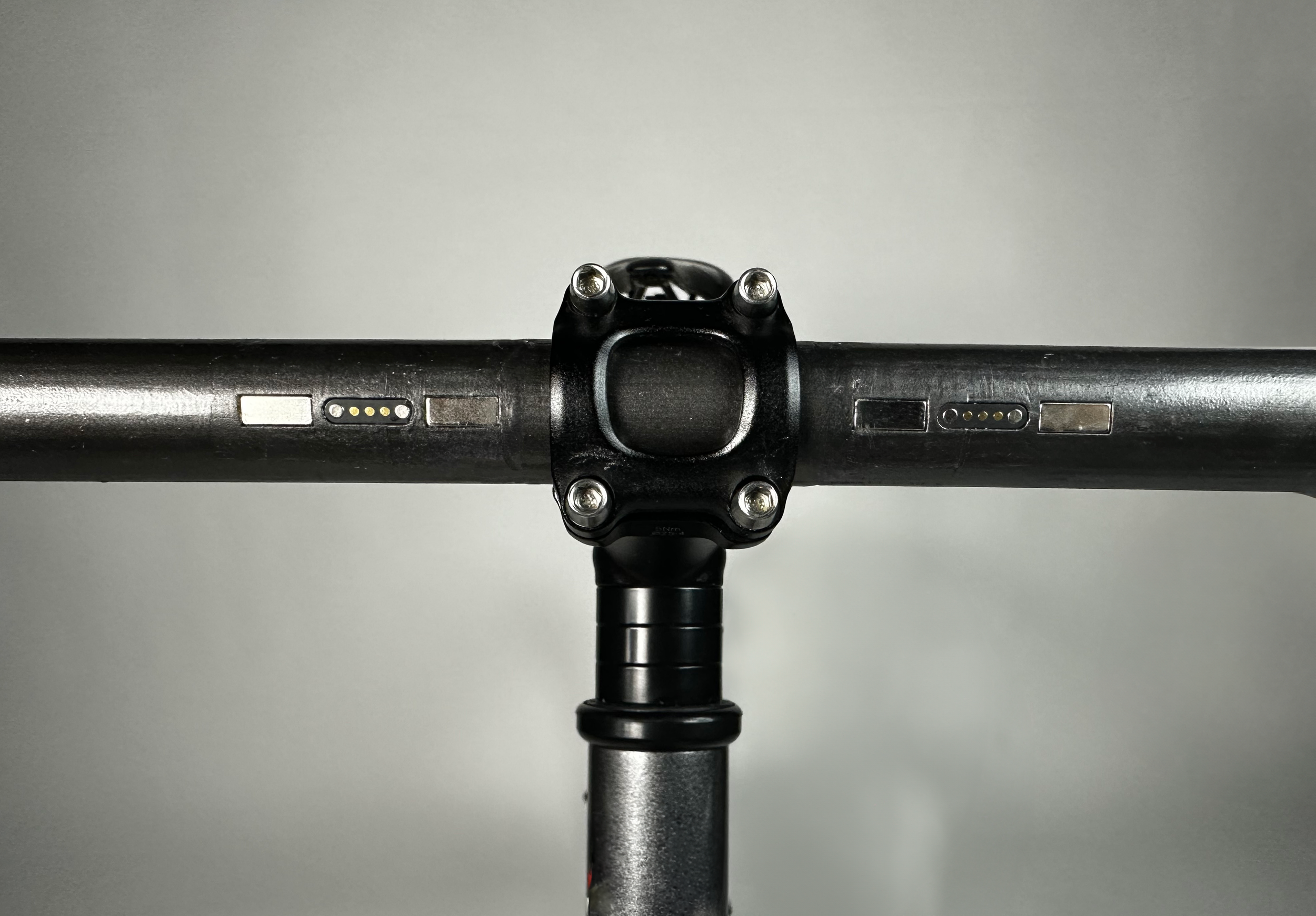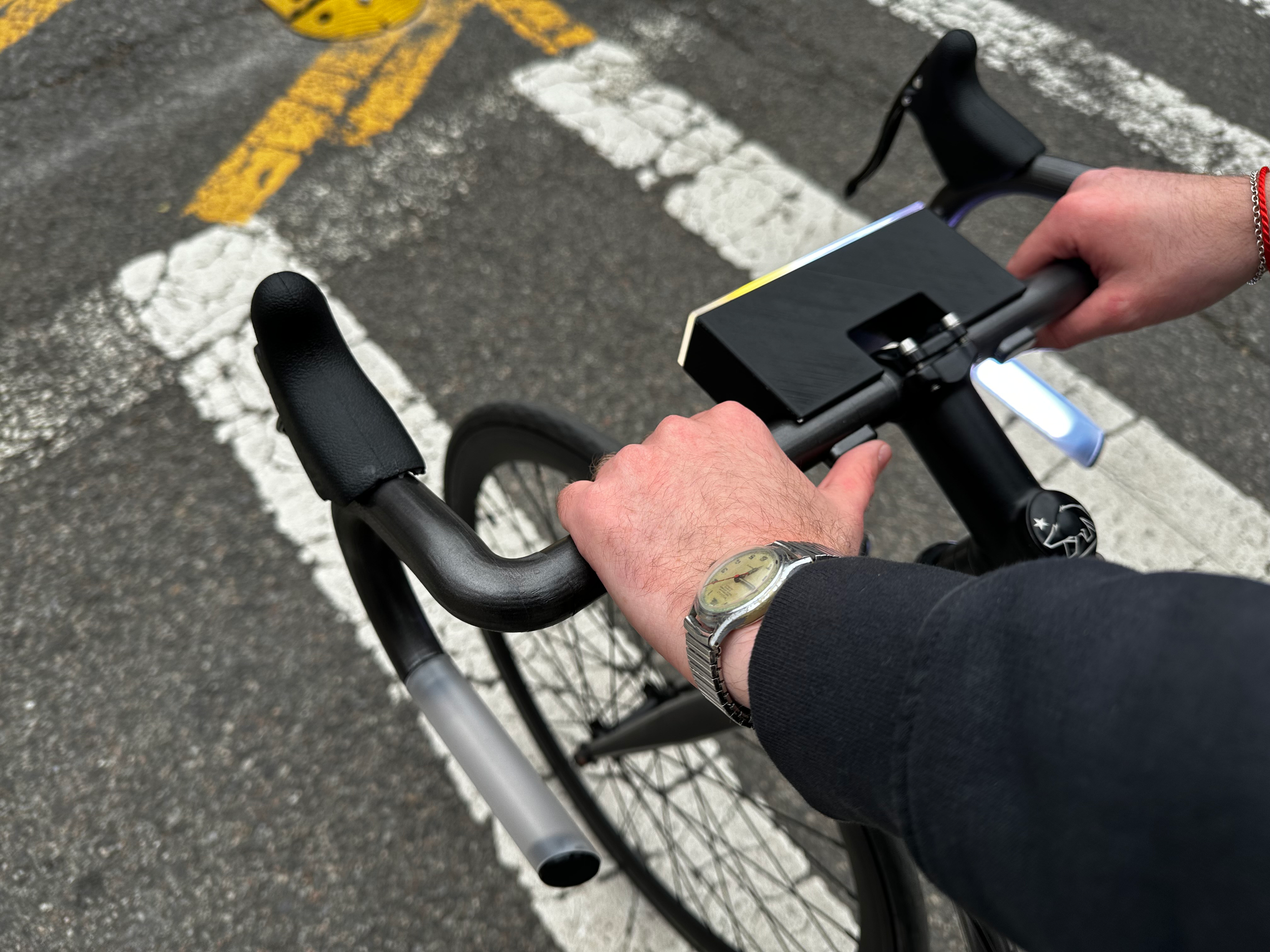
Cycling in urban environments presents pressing safety challenges stemming from factors such as heavy traffic, inadequate bike lanes, driver awareness gaps, high population density, and constrained space.
Problem
We looked at a variety of products on the market to see what they were lacking and where we could improve to make our product stand out and solve problems that riders across the city are actually facing.
Existing “Solutions”
We observed several riders in the city to understand how they were using their bikes and the concerns they have with their experience. We recorded this information in the form of interviews.
Observation
A bike handlebar that communicates with commuters on the road improving cycling awareness for the rider and surrounding environment.
Design Objective
BikeSense aims to create a bike handlebar for increasing biking safety. it will improve cycling awareness amongst the rider and the surrounding environment reducing accidents in urban environments.
Solution
Ultrasonic sensors to detect obstacles close by.
Haptic discs to notify the rider about obstacles.
LEDs for turn signals and headlights.
Arduino to power everything.
Technology
We looked at a variety of existing handlebars to understand different forms for different applications.
Types of Handlebars
Ideation sketches guided our process and provided a sense of direction for the form of the handlebar. Green highlights indicate the sketches we chose to move forward.
Ideation Sketches
Handle designs to test out form, scale, and ergonomics. Green highlights indicate the models we chose to move forward.
Sketch Models
Based on our research, sketches, and sketch models, we conceptualized and visualized 3 main ideas. A traditional drop handlebar, a drop handlebar with a double square tube design, and a swept back design. This step helped us in deciding what’s right for intent and purpose.
Conceptualization
This diagram illustrates the overall technology needed to implement the blind-spot detection system as well as lighting in the handlebar. The system is divided into two. Both the right and the left sides have two buttons to activate the turn signals as well as two haptic motors which are activated based on the data analyzed through the microcontroller.
Tech Schematic
Based on our testing, if an object is detected within 4m with more reliable results at 1.5m, the haptic motors on either or both sides are activated. The rider recieves a constant haptic vibration as the object gets closer.
Blind-Spot Detection System
This is our functional model. Using the schematic we integrated all technologies that we have mentioned previously. LEDs, ultrasonic sensors, haptic motors, and buttons.
Functional Model
The build process was a long one. From coding using Arduino IDE, designing CAD files in Solidworks to then 3D printing various prototypes to best fit our needs. Acquiring different electronics and consulting engineers to make a functioning model to prove our concept.
Final Design
Final Model


























